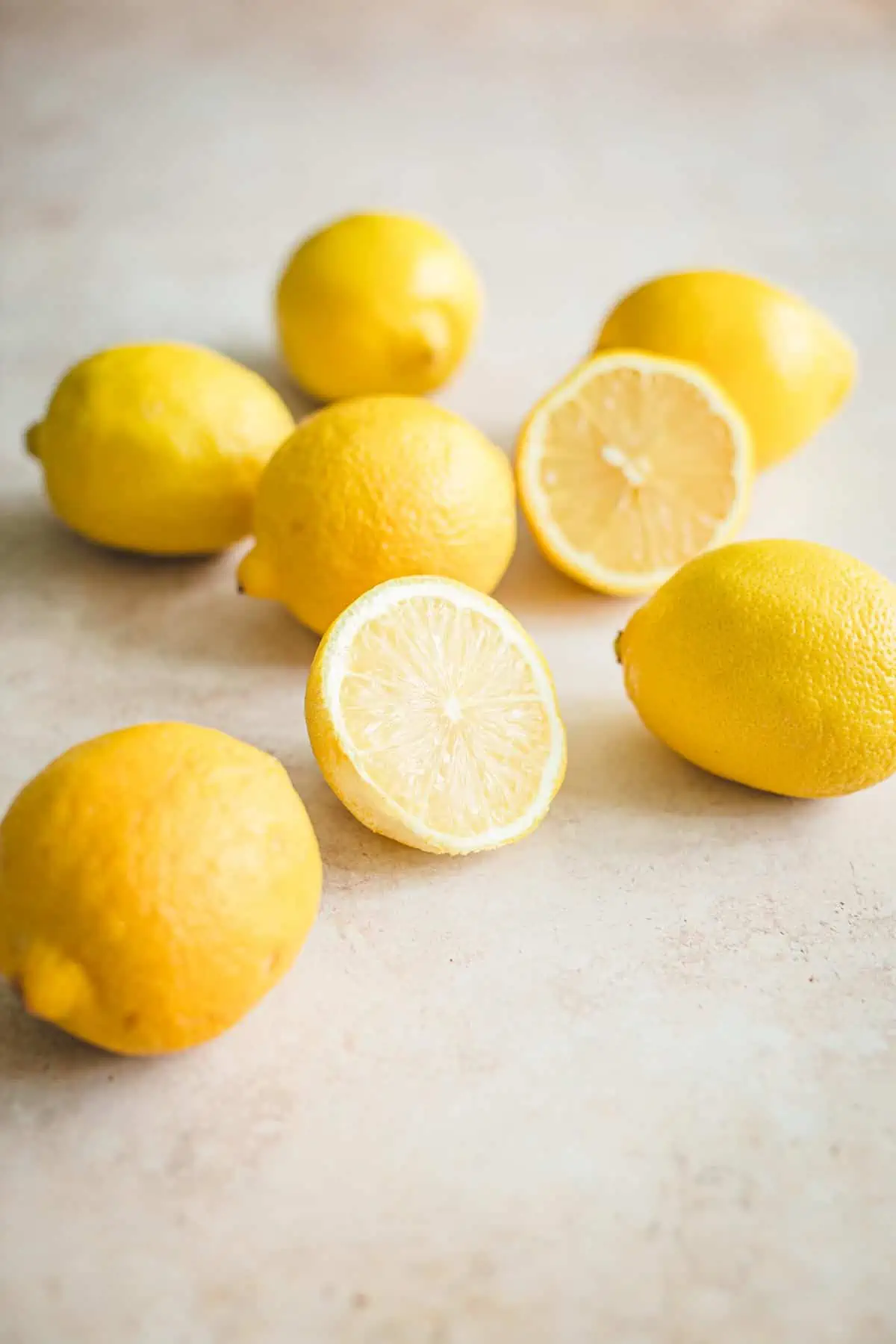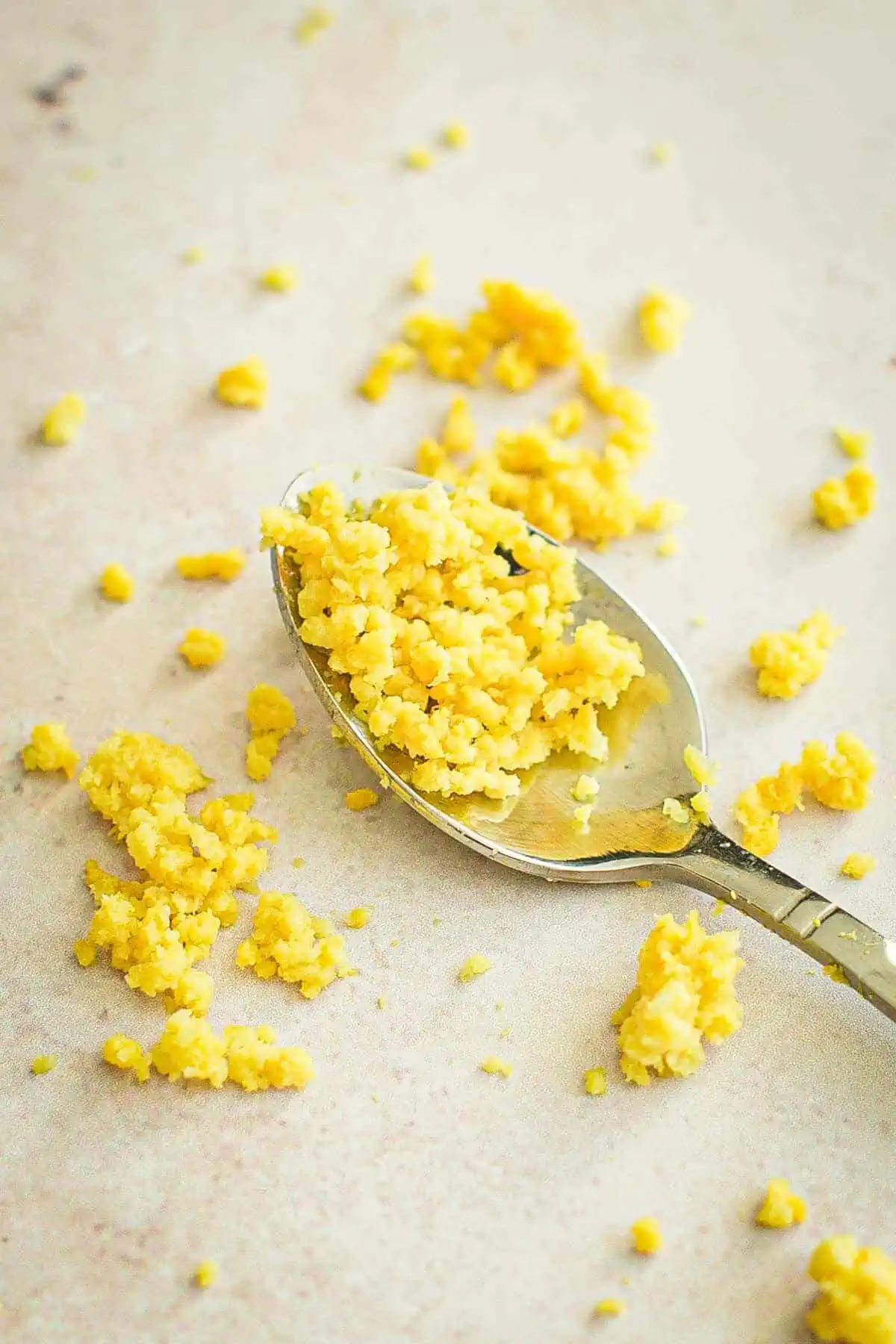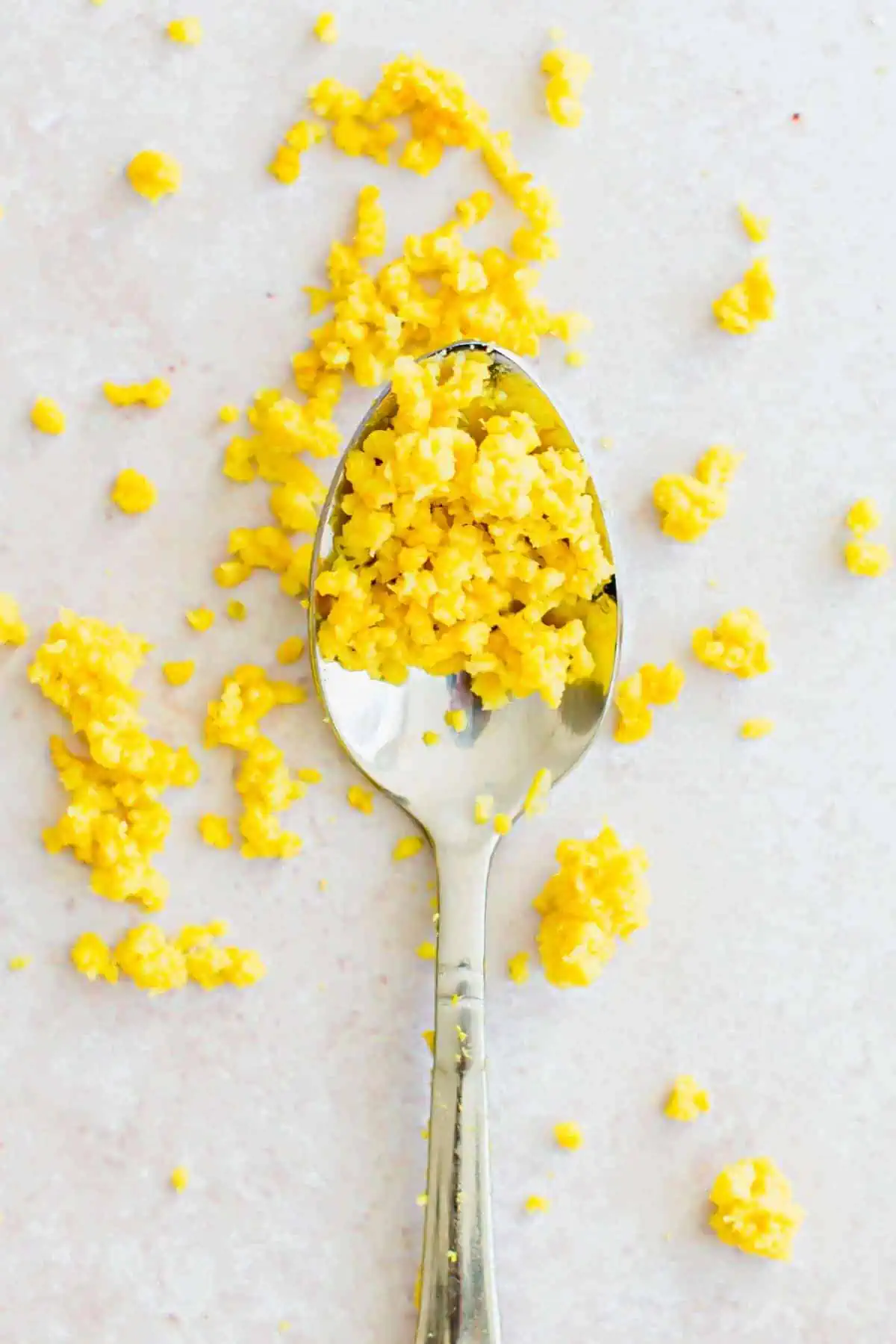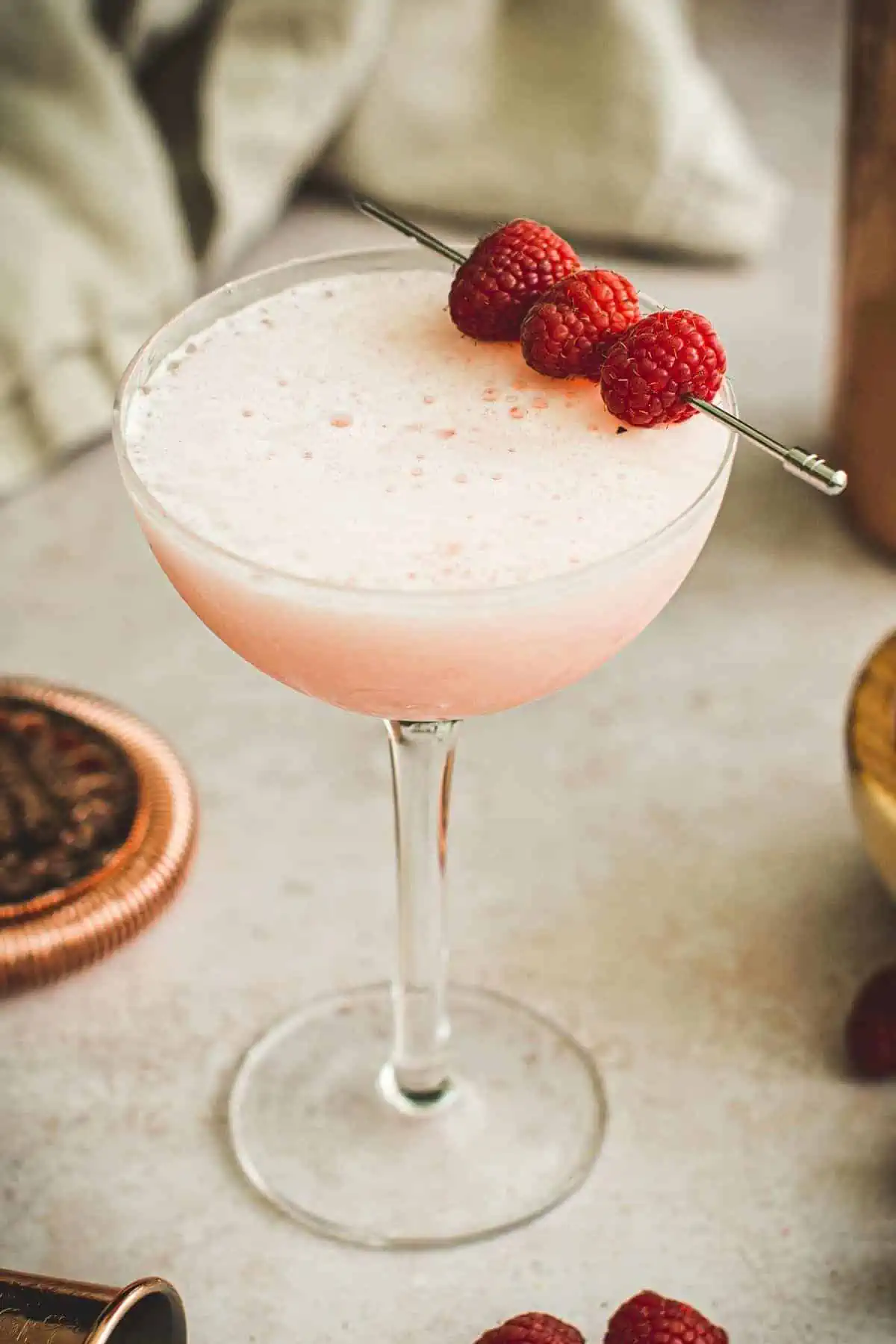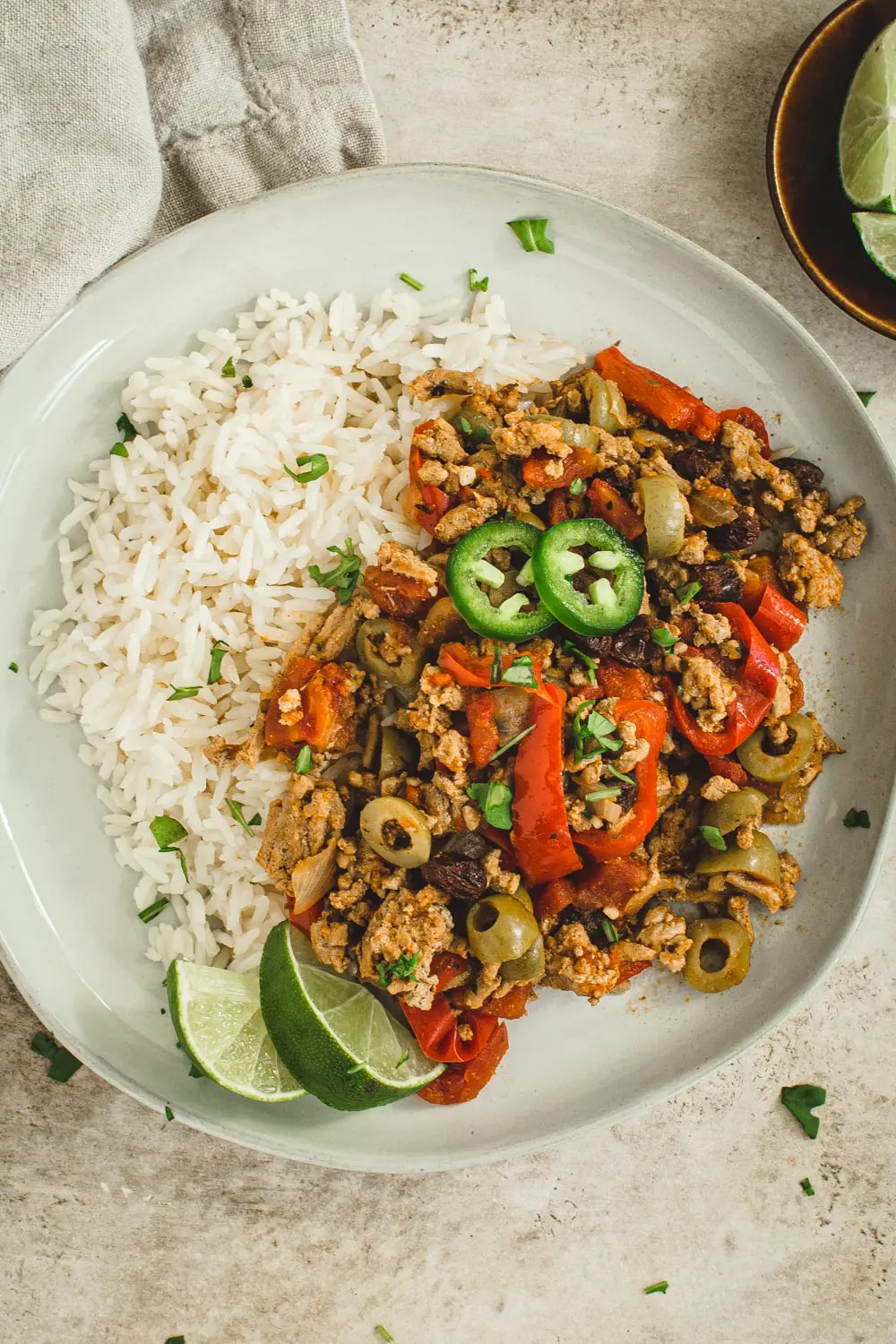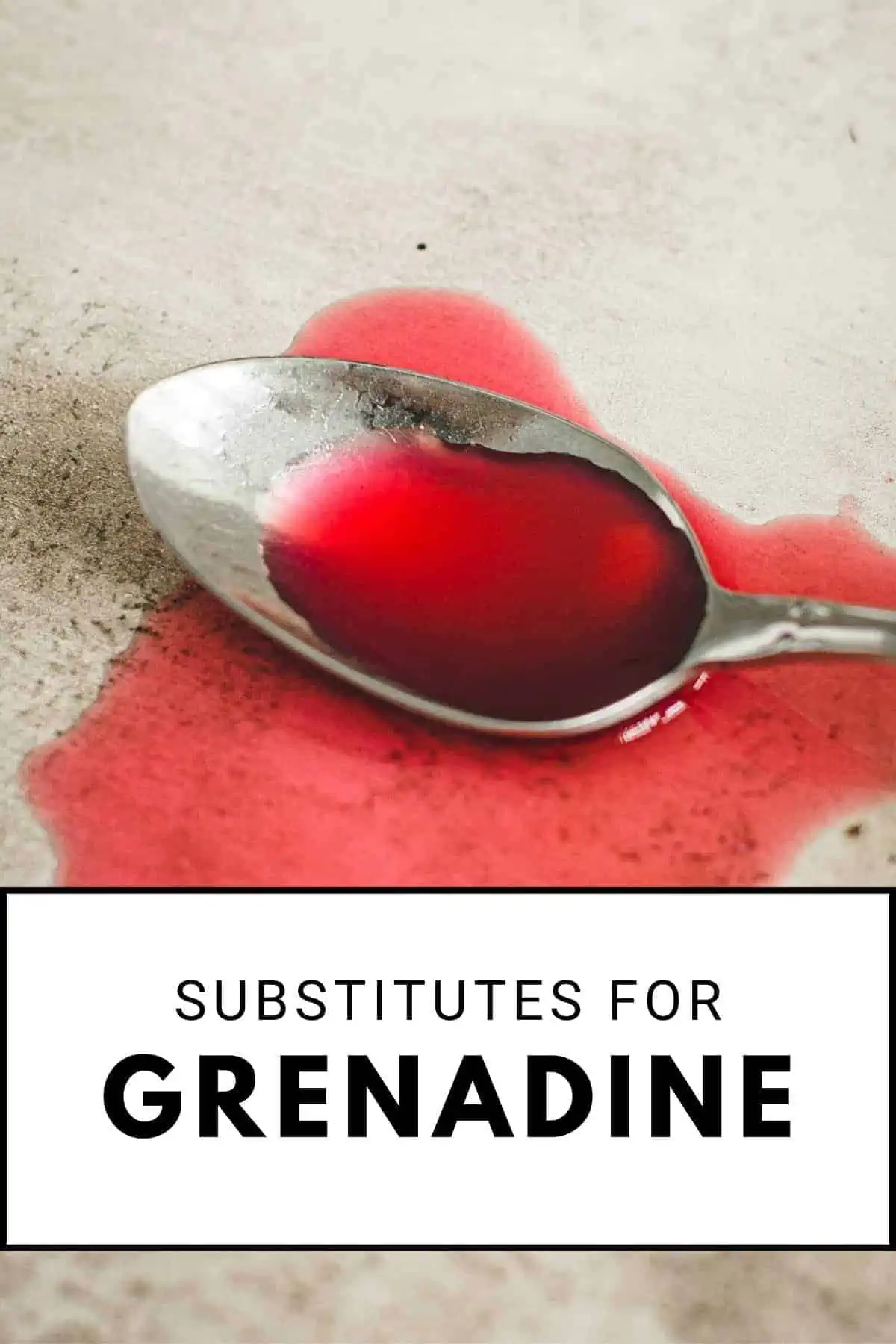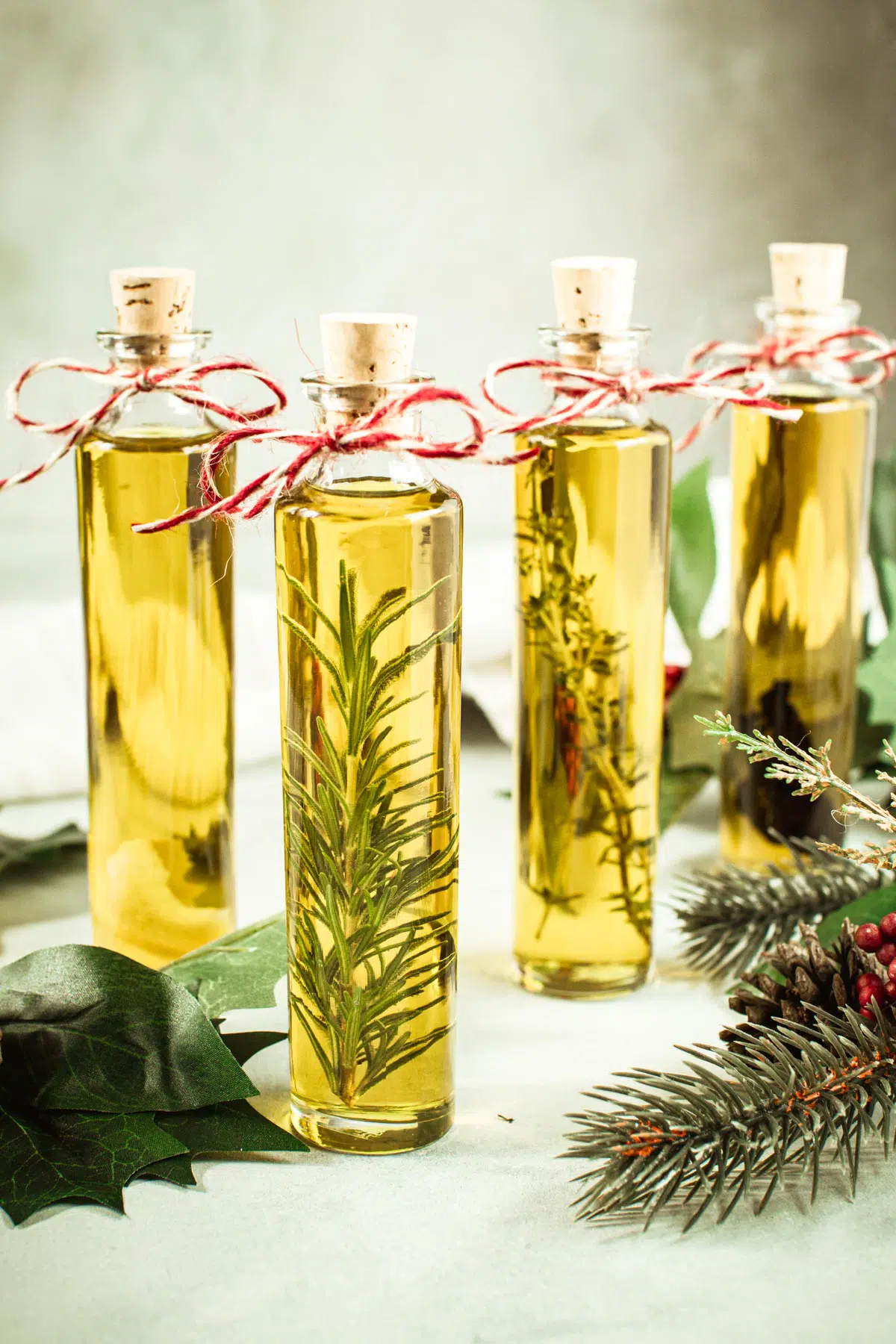Lemons are a versatile and widely used citrus fruit that can add a burst of flavor to many dishes. They are often used for their juice, but lemon zest is also an important component of many recipes. Learn the differences between Lemon Zest vs Lemon Juice to decide which is the best to use for your recipe.
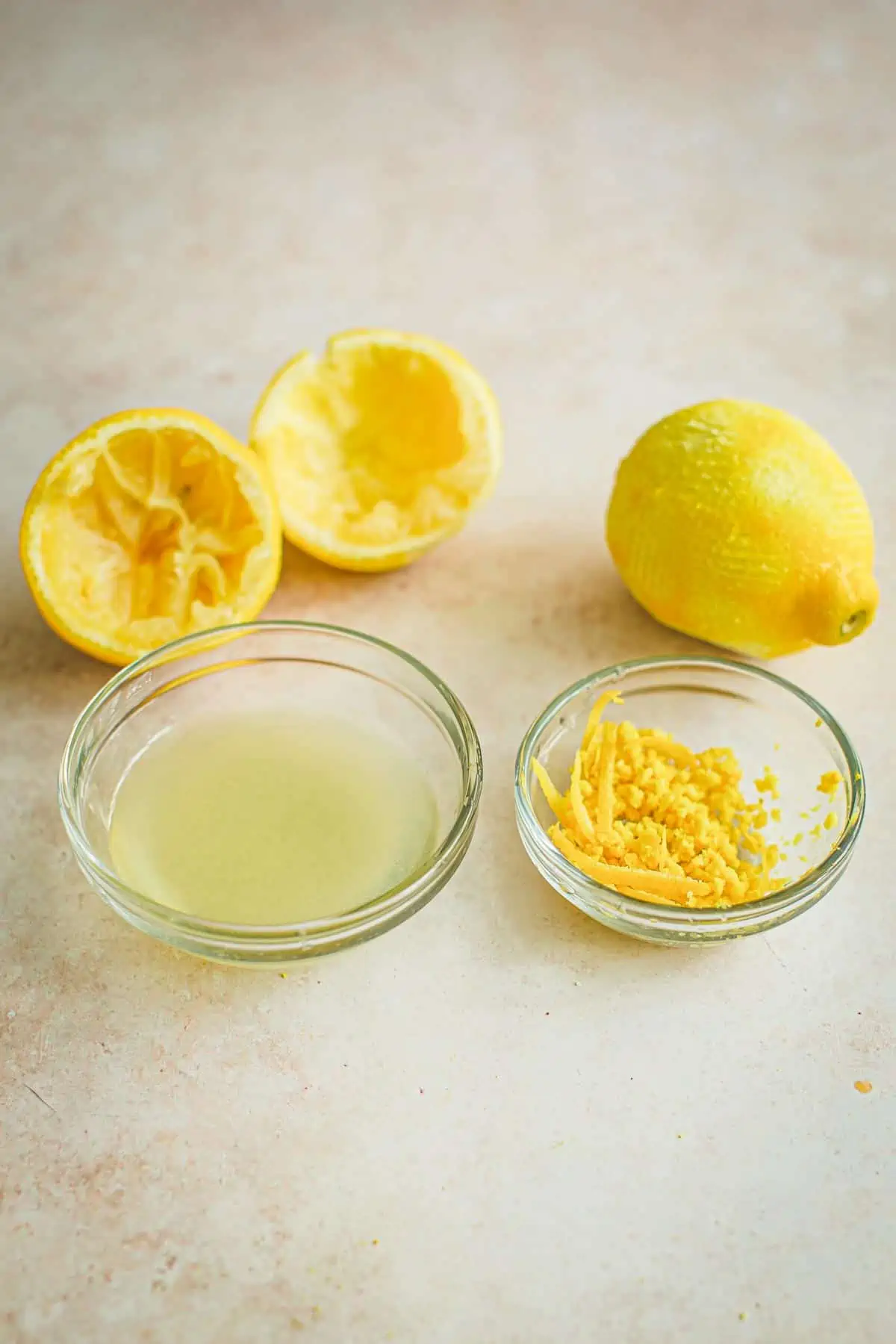
What is Lemon Zest
Lemon zest is the outer layer of the lemon peel. It is the colorful part of the peel, which contains essential oils that give the lemon its unique flavor and aroma. To obtain the zest, use a zester to remove the colored layer of the peel, taking care not to include the white pith, which can be bitter. You can also Zest a Lemon without a Zester.
Lemon zest can be used in many dishes to add flavor, particularly a zesty and tangy one. It is commonly used to flavor desserts such as cakes, cookies, and pies, but can also be used to add flavor to savory dishes such as marinades, sauces, and dressings.
What is Lemon Juice
Lemon juice is the liquid that is extracted from the lemon fruit. It is acidic and has a sour, tart flavor. To obtain the juice, cut the lemon in half and squeeze the juice out, either by hand or with a juicer.
This common ingredient is called for in many recipes, especially in marinades such as Yogurt Chicken Marinade, salad dressings, and sauces. It’s not limited to savory dishes either. Many desserts as well as drinks and cocktails also call for lemon juice.
Ever wonder how much juice is in one lemon? When juicing lemons I like to juice a bunch so I have some on hand.
Differences Between Lemon Zest and Lemon Juice
The main difference between lemon zest and lemon juice is part of the lemon fruit they come from and the flavor profile they offer. Lemon zest is the outer layer of the peel and contains the essential oils that give the lemon its unique flavor and aroma. Lemon juice, on the other hand, is the liquid that is extracted from the lemon fruit and is acidic and sour.
While both lemon zest and lemon juice can add a lemony flavor to dishes, they have different uses in cooking. Lemon zest is often used to add a bright, zesty flavor to dishes, while lemon juice is used for its acidic properties to balance flavors and add tartness.
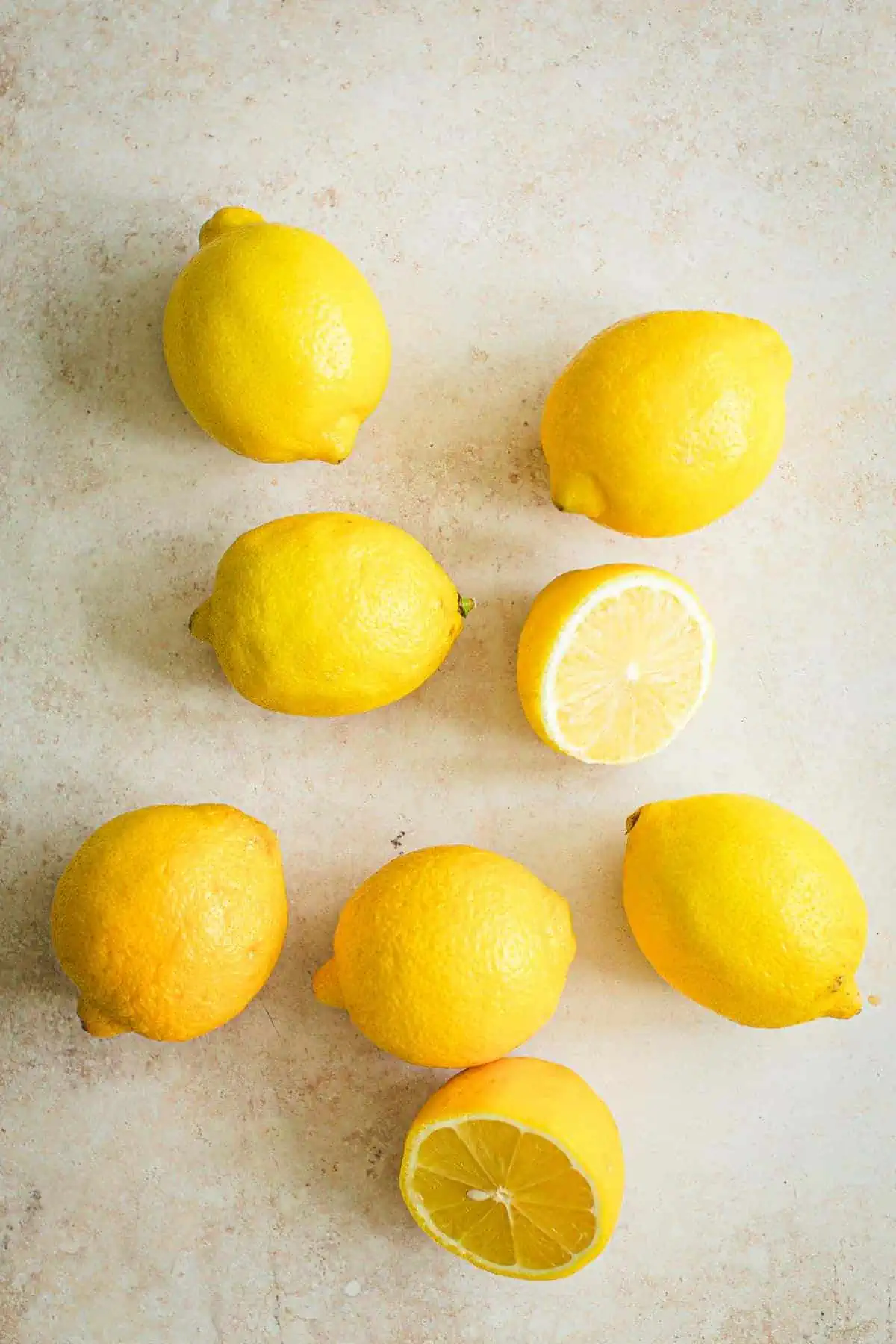
When to Use Lemon Zest vs Lemon Juice
Lemon zest and lemon juice can be used interchangeably in some recipes, but each has its own unique uses. Here are some guidelines for when to use each:
Use Lemon Zest When:
- You want to add a bright, zesty flavor to a dish.
- A dessert or baked good that calls for lemon flavor.
- You want to add flavor to a marinade, dressing, or sauce.
Use Lemon Juice When:
- You want to add acidity to a dish to balance the flavors.
- A salad dressing or marinade that needs a tart flavor.
- You want to add lemon flavor to a beverage.
Lemon zest and lemon juice are both important ingredients in many dishes. While they have similar flavor profiles, they are used for different purposes in cooking. Lemon zest adds a bright, zesty flavor to dishes, while lemon juice adds acidity and tartness. Understanding the differences between the two can help you make the most of these flavorful ingredients in your cooking.
FAQS
While lemon zest and lemon juice have similar flavor profiles, they are not interchangeable in all recipes. Lemon zest has a bright, zesty flavor that is derived from the essential oils in the outer layer of the lemon peel.
Lemon juice, on the other hand, has a sour, acidic flavor that is derived from the liquid in the lemon fruit. Substitutes for lemon zest are specific.
Additional Details About Lemons
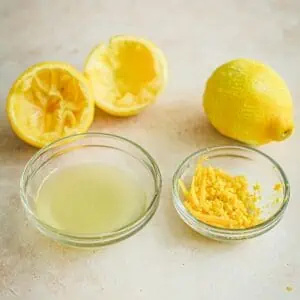
How to Zest and Juice a Lemon
Equipment
- Zester
- Citrus Juicer
Ingredients
- 1 Lemon
Instructions
Zesting a Lemon
- Using a zester or a vegetable peeler, carefully remove the colored part of the lemon peel, taking care not to include the bitter white pith underneath.
- Continue to zest the lemon until you have enough zest for your recipe.
Juicing a Lemon
- Roll the lemon on a flat surface, using your palm to apply pressure. This will help to release the juice.
- Cut the lemon in half using a sharp knife and place half of the lemon in a citrus juicer. Squeeze the lemon half, applying pressure to the lemon while rotating it to ensure that all the juice is extracted.
- Repeat with the other half of the lemon.
Notes
Use Lemon Zest When
- You want to add a bright, zesty flavor to a dish.
- A dessert or baked good that calls for lemon flavor.
- You want to add flavor to a marinade, dressing, or sauce.
Use Lemon Juice When
- You want to add acidity to a dish to balance the flavors.
- A salad dressing or marinade that needs a tart flavor.
- You want to add lemon flavor to a beverage.

